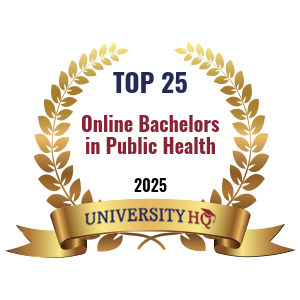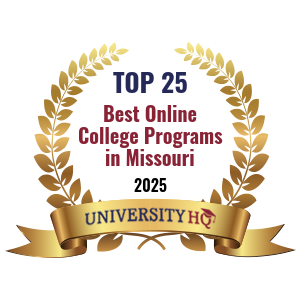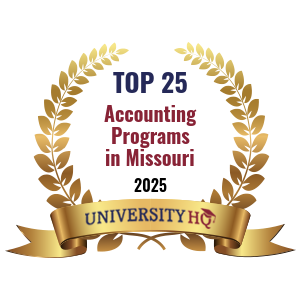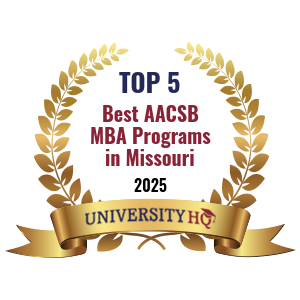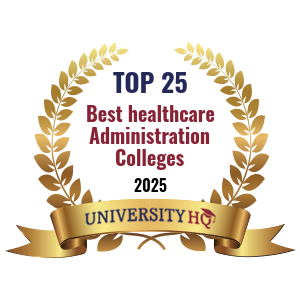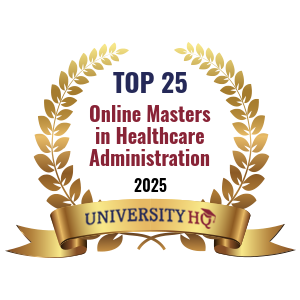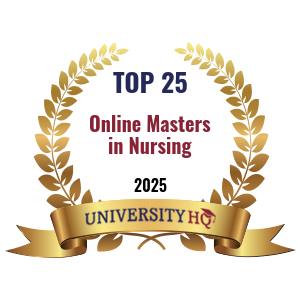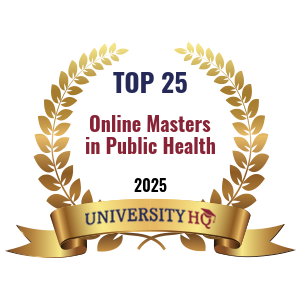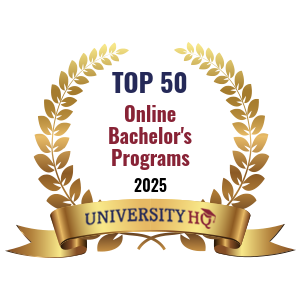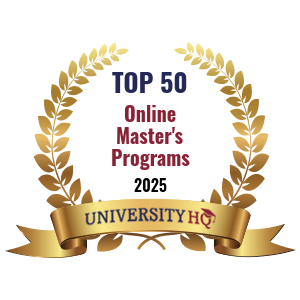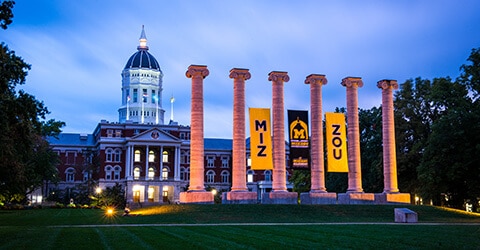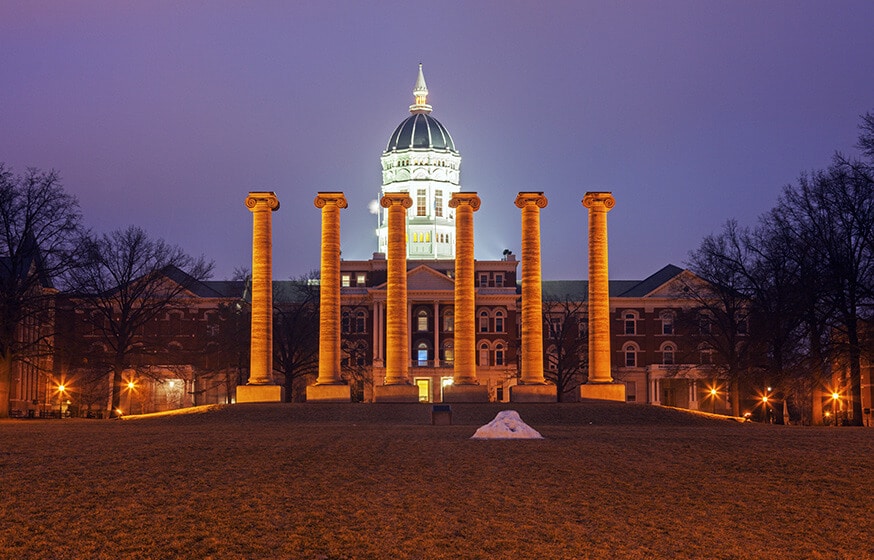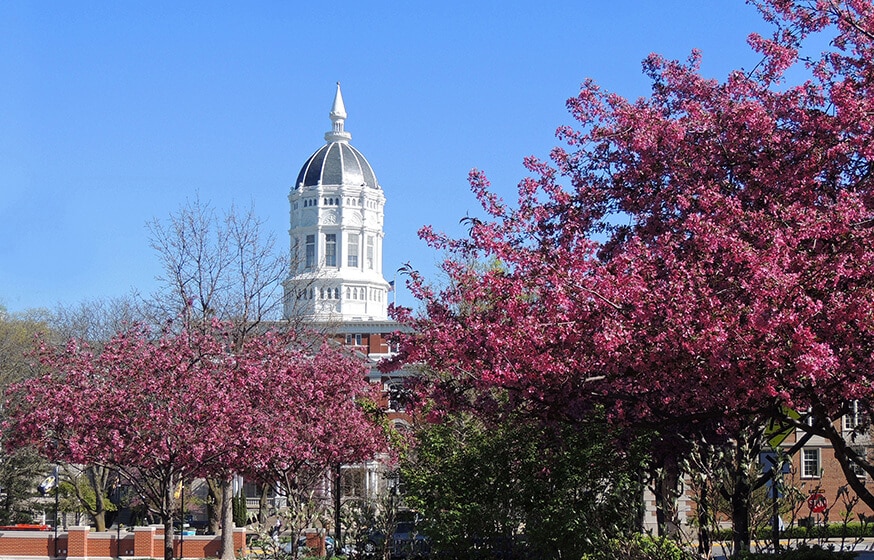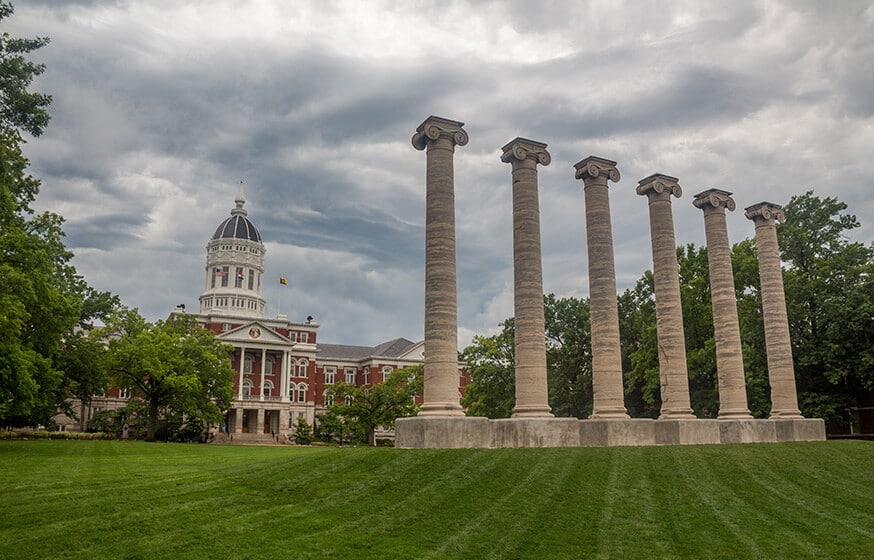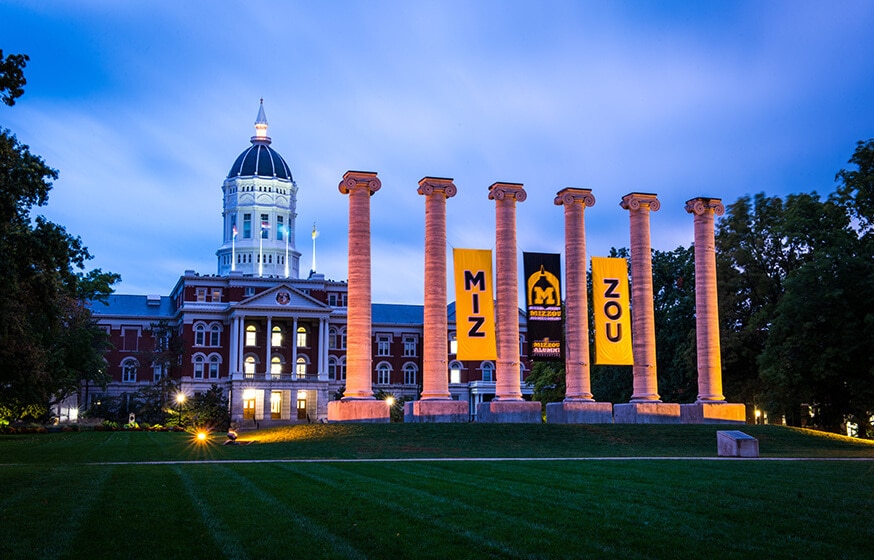Get Matched With Online Colleges
If you’re getting ready to go to college at the University of Missouri-Columbia, you’ll be attending a large, public university. You’ll be joined by around 30,000 other students on the large campus. The student-to-faculty ratio is 17 to 1, which is a bit high but not excessive for such a large institution.
Search All Programs
Overview of University of Missouri-Columbia (Mizzou)
Once you’ve gotten settled into your dorm, you should take the opportunity to go into Columbia. It’s a beautiful city, full of greenery. Find a few places to go to when you want some downtime. A park or one of the attractions in or around the city. Shelter Gardens is a good spot to go just to relax and leave your classes behind for a few hours.
If you took and passed your AP exams you can ask that they be applied to your university credits, giving you a boost over your classmates. If you live near Columbia, you also have the option to take college classes while you’re in high school, earning you dual credits that can shorten the length of time required to finish your degree.
General Information
| School Type | Public |
|---|---|
| Campus Setting | City: Midsize |
| Campus Housing | Yes |
| Student Faculty Ratio | 17:1 |
| Graduation Rate | 71% |
| Year Founded | 1839 |
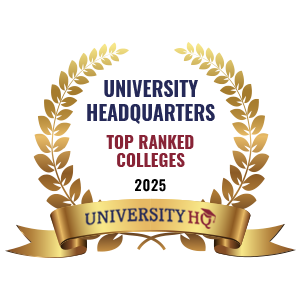
Student Enrollment
Total Students30,014
22,589
7,425
Undergraduate Student
Male 10,617
Female 11,972
Graduate Student
Male 3,490
Female 3,935
Explore Map
Top Rankings For University of Missouri-Columbia
Mizzou Acceptance Rate and Admissions
APPLICATIONS20,015
ACCEPTANCE16,212
Acceptance Rate81%
Enrollment 5,512
| Admissions | |
|---|---|
| Application Fee | $55 |
| High School GPA | Recommended |
| High School Rank | Recommended |
| High School Transcripts | Required |
| College Prep Courses | Required |
| Recommendations | NA |
| Formal demonstration of competencies | Recommended |
| SAT/ACT | Required |
| TOEFL (Test of English as a Foreign Language) | Required |
| Application Deadline | March 1 |
| Common Application Accepted | Yes |
Mizzou Tuition Cost & Financial Aid
You and your parents may discuss the cost of college before you decide which one you will attend. The total price covers everything: tuition (in- or out-of-state), books, supplies, room & board, and other various charges. At the University of Missouri – Columbia, this adds up to around $27,200.
However, most students don’t have to pay every penny. Instead, you can apply for financial aid to cover some of the cost. Once this is applied, what remains is the average net price. If we look at what the net price usually ends up being for families with different incomes, it breaks down in the following way. Families earning between $30,001 and $48,000 pay around $11,595. Families who earn between $48,001 and $75,000 pay around $13,145. Families who earn between $75,001 and $110,000 pay around $19,595. Families earning more than $110,001 pay around $22,868.
About 89% of freshmen students receive financial aid. Slightly fewer, 79%, receive an average of $11,567 in grants or scholarships and 77% of students receive about $8,802 in institutional grants and scholarships.
| Average net price | 2018-2019 |
|---|---|
| Net Price | $15,850 |
| Average Total Aid | $11,457 |
| Students Receiving Financial Aid | 89% |
| Room & Board | $10,508 |
Sticker Price
- Tuition In-State - $10,477
- Tuition Out-of-State - $28,348
- Books and Supplies - $1,260
- Room & Board - $10,508
- Other - $4,952
Academics
If, as a freshman, you decide you’re going to continue attending the University of Missouri at Columbia, you become part of an important statistic. This is the retention rate, which can let future students know whether or not previous classes got everything they needed while at school: good classes, accessible professors, a pleasant campus and student culture. UM-Columbia’s retention rate is 88%, higher than average and definitely indicating that most students who attend their freshmen year think it’s worth their while to return for their sophomore year.
The 4-year graduation rate is 48%, though the 6-year graduation rate is much higher at 71%. Some students stay in school for a year or two more because they are attending part-time or because they require extra time to complete more complex degrees. Even so, the 6-year rate is above the national average.
If you need to maintain a job while you go to school or you realize that two of your class times conflict with each other, what do you do? Check into whether you can take one of those classes as an evening class; these are offered on campus. Or you can earn that credit through an online (distance learning) option.
The five most popular degrees offered are business, management, marketing and related services; health professions and related programs; communication, journalism, and related programs; engineering; and biological and biomedical sciences.
Retention
Rate
4 year
Graduation
Rate
6 year
Graduation
Rate
Student Population Total
Student Population 30,014
22,589
7,425
Most Popular Programs & Majors
(# of Diplomas Awarded by Subject)
| All Business Majors | 1,030 Total Graduates / 16% |
|---|---|
| Business/Commerce, General | 741 Graduates |
| Accounting | 160 Graduates |
| Hotel/Motel Administration/Management | 129 Graduates |
| Health Professions and Related Programs | 992 Total Graduates / 16% |
| Health Services/Allied Health/Health Sciences, General | 624 Graduates |
| Registered Nursing/Registered Nurse | 204 Graduates |
| Allied Health Diagnostic, Intervention, and Treatment Professions, Other | 74 Graduates |
| Athletic Training/Trainer | 24 Graduates |
| Communication, Journalism, and Related Programs | 712 Total Graduates / 11% |
| Journalism | 533 Graduates |
| Speech Communication and Rhetoric | 179 Graduates |
| All Engineering Majors | 554 Total Graduates / 9% |
| Mechanical Engineering | 200 Graduates |
| Civil Engineering, General | 82 Graduates |
| Electrical and Electronics Engineering | 74 Graduates |
| Chemical Engineering | 57 Graduates |
| All Biological & Biomedical Majors | 324 Total Graduates / 5% |
| Biology/Biological Sciences, General | 278 Graduates |
| Biochemistry | 46 Graduates |
| All Other Diplomas | 43% |
Outcome & Salary
After graduation, you can find a job and begin earning a salary. Early-career salaries for UM-Columbia graduates looks pretty good, sitting at an average of $53,800. Their mid-career salaries average $104,900.
The average 4-year cost of education for the university is $63,400. This number is important because it can help you figure out what your return on investment (ROI) will be. As a graduate from this school, your 10-year salary earnings potential will average around $649,710 and your 20-year salary earnings potential could be as high as $1,698,710. Once cost of education has been subtracted from 10- and 20-year earnings, a graduates 10-year projected ROI is $586,310 and their 20-year projected ROI is $1,635,310.
In contrast, high school graduates earn a national average salary of $38,792. Their 10-year projected income is $387,920 and their 20-year projected income is $775,840.
| Graduates Salary | |
|---|---|
| College Grads Early Career Salary | $53,800 |
| College Grads Average Salary | $64,971 |
| College Grads Mid Career Salary | $104,900 |
| Return on Investment (ROI) | |
|---|---|
| 10 Year Salary Earnings Potential | $649,710 |
| 20 Year Salary Earnings Potential | $1,698,710 |
| Cost of Education (Net Price) 4 Year | $63,400 |
| 10 Year Projected ROI | $586,310 |
| 20 Year Projected ROI | $1,635,310 |
| No College Education Salary Comparison | |
|---|---|
| National Average Salary | $38,792 |
| 10 Year Projected Income | $387,920 |
| 20 Year Projected Income | $775,840 |
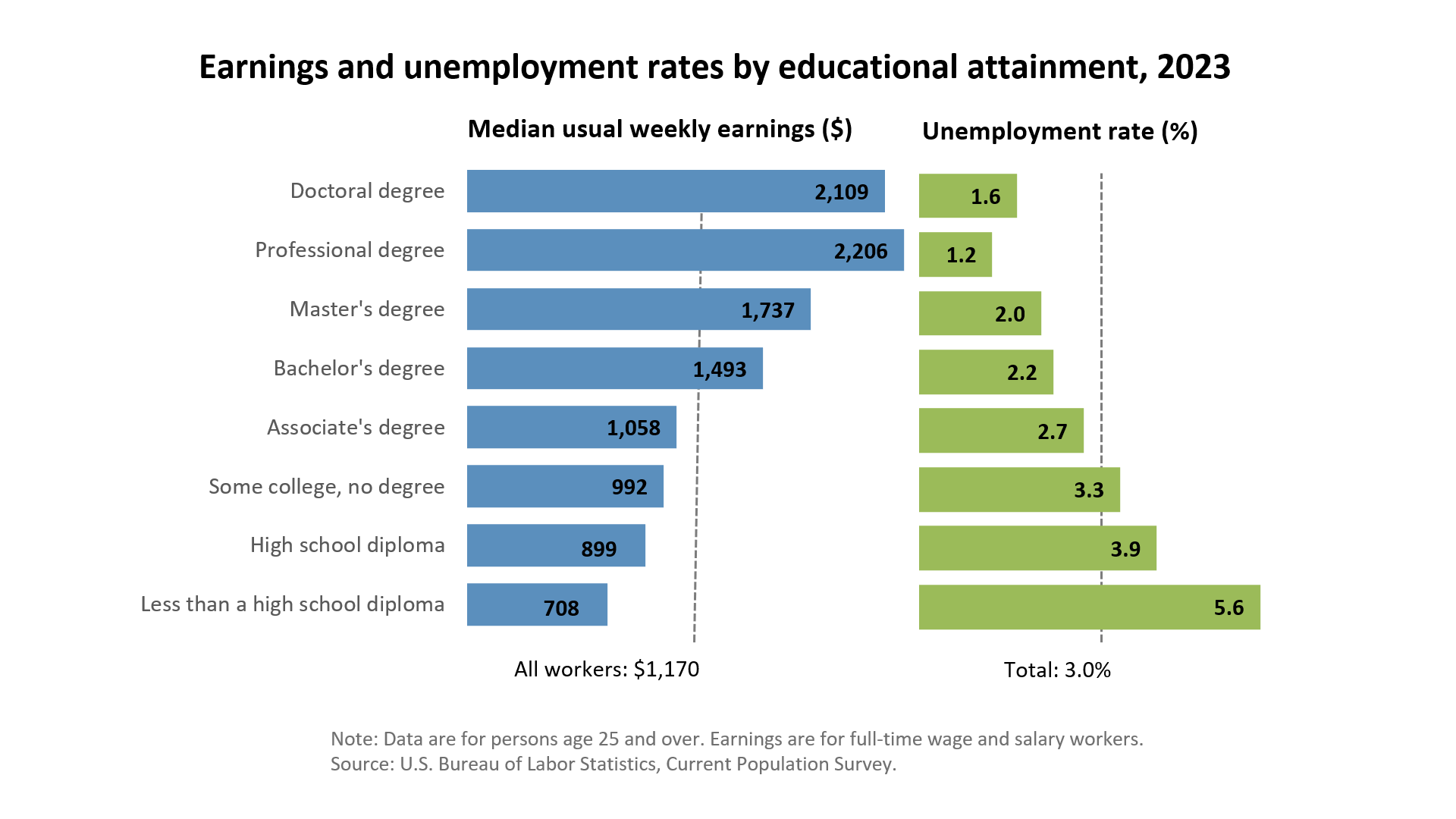
Related Top College Resources




